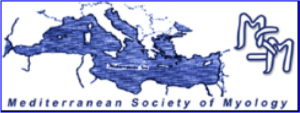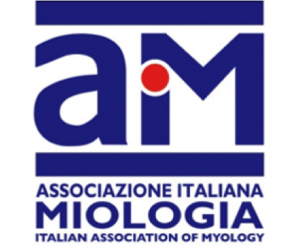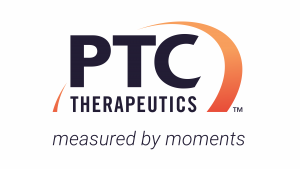The inflammatory myopathies constitute a heterogeneous group of acquired myopathies that have in common the presence of endomysial inflammation. Based on steadily evolved clinical, histological and immunopathological features and some autoantibody associations, these disorders can now be classified in five characteristic subsets: Dermatomyositis (DM) Polymyositis (PM), Necrotizing Autoimmune Myositis (NAM), Anti-synthetase syndrome-overlap myositis (Anti-SS-OM), and Inclusion-Body-Myositis (IBM). Each inflammatory myopathy subset has distinct immunopathogenesis, prognosis and response to immunotherapies, necessitating the need to correctly identify each subtype from the outset to avoid disease mimics and proceed to early therapy initiation. The review presents the main clinicopathologic characteristics of each subset highlighting the importance of combining expertise in clinical neurological examination with muscle morphology and immunopathology to avoid erroneous diagnoses and therapeutic schemes. The main autoimmune markers related to autoreactive T cells, B cells, autoantibodies and cytokines are presented and the concomitant myodegenerative features seen in IBM muscles are pointed out. Most importantly, unsettled issues related to a role of autoantibodies and controversies with reference to possible triggering factors related to statins are clarified. The emerging effect SARS-CoV-2 as the cause of hyperCKemia and potentially NAM is addressed and practical guidelines on the best therapeutic approaches and concerns regarding immunotherapies during COVID-19 pandemic are summarized.






